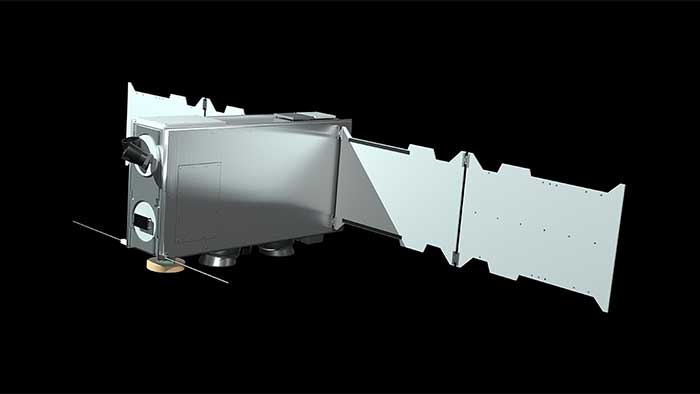
|
WildFireSat is specifically designed to monitor all active wildfires across Canada, on a daily basis.

Overview of the WildFireSat mission, its expected outcomes and goals.

Components, technical specifications, and fast facts.

Photos and videos of the WildFireSat mission.
What is WildFireSat? This mission will enhance Canada's ability to manage wildfires across the country. It aims to monitor all active wildfires in Canada from space on a daily basis.
Transcript of the video entitled WildFireSat: monitoring wildfires in Canada